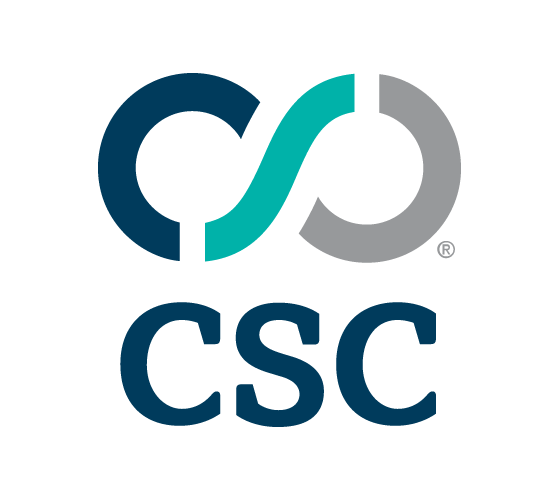


|
||
|
||
Between 2021 and 2023, the IPv4 market was a roller coaster ride—prices shot up in 2021, peaked in 2022, and plummeted in 2023. Those who expected a recovery in 2024 were sadly disappointed. Prices for IP addresses continued to decline, leveling out during the second half of the year. And yet, market activity remained remarkably unaffected—a sign, perhaps, that the market is settling into a new normal.
The IPv4 market’s story has always been one of ebb and flow. But for all its volatility, the early years of the IPv4 market were actually quite predictable. Low supply of IPv4 addresses led to price increases which, in turn, led to more supply. When that new supply was exhausted, prices continued their steady climb.
But then, toward the end of 2020, the market shifted.
Led by the small-block market, prices departed from their historic trendline and doubled between 2020 and 2022. See Table 1. It was unclear, however, what prompted this unprecedented escalation. Key market indicators leading up to 2022, such as number of transactions,1 trading volume and seller participation in the small-block market, were relatively stable. See Tables 1 and 2. But then, as pricing peaked, the number of transactions and trading volume dropped to their lowest level in 6 years, then began to recover even as pricing declined.


The small-block market tends to be the harbinger of future trends for the IPv4 market as a whole. Indeed, one year later, the market for mid-sized and larger transactions, as well as the overall IPv4 market, followed the small-block market’s lead. See Table 3.

Last year, we were unsure whether the market was experiencing a true decline or a market correction. This year, we tend to believe both are at work. There has been a market correction to account for the unexplained price escalation between mid-2021 and mid-2022, but there is also a general decline due to changing market dynamics.
Were this purely a market correction, the trendline in Table 1 should have flattened in 2023 with a gradual increase in 2024. Instead, the average price per IP address continued downward, mostly due to the largest buyers employing all the tools in their toolbox to regain some control over the marketplace. Their strategies are most apparent in the large- block market.
In 2024, the large-block market broke records for the most transactions and most market participants in a single year, notwithstanding declining prices. This market dynamic is at least partially attributable to large-block market buyers’ willingness to meet their forecasted needs by purchasing large volumes of smaller and non-contiguous blocks. In 2023, only 15 blocks smaller than a /17 were traded in the large-block market. By contrast, in 2024, 225 such blocks were sold as part of large-block transactions. Historically, large buyers have eschewed these smaller and/or non-contiguous blocks, but they seem willing to accept this “lower quality” inventory if offered an appropriate discount.
In addition, participation by non-ARIN sellers in the mid-sized and large-block markets has nearly doubled since 2022. See Table 4. This additional supply has helped offset the lackluster participation of ARIN /8 holders whose presence in the IPv4 market has significantly declined since 2019. See Table 5.


Other notable takeaways from the 2024 ARIN market include:
We do not anticipate a significant change in IPv4 market activity in 2025. Market demand for IPv4 addresses remains steady, and neither buyers nor sellers appear to be under pressure to adopt IPv6.
Whether prices will resume their downward trajectory in 2025 is unclear, however. In 2022, we predicted that the rapid price increases would result in some pullback by buyers, which is exactly what we saw in 2023 and the first half of 2024. As more and more buyers meet their near-term forecasted needs and the largest buyers make a concerted effort to force downward pressure on pricing, we expect the prospects for renewed pricing growth to be limited, at least in connection with the small-block and mid-sized block markets.
This infographic presents the essential information for IPv4 market participants. We hope you will find it useful in evaluating the challenges and opportunities in the coming year.
Sponsored byVerisign

Sponsored byWhoisXML API

Sponsored byCSC

Sponsored byVerisign

Sponsored byIPv4.Global

Sponsored byDNIB.com

Sponsored byRadix
